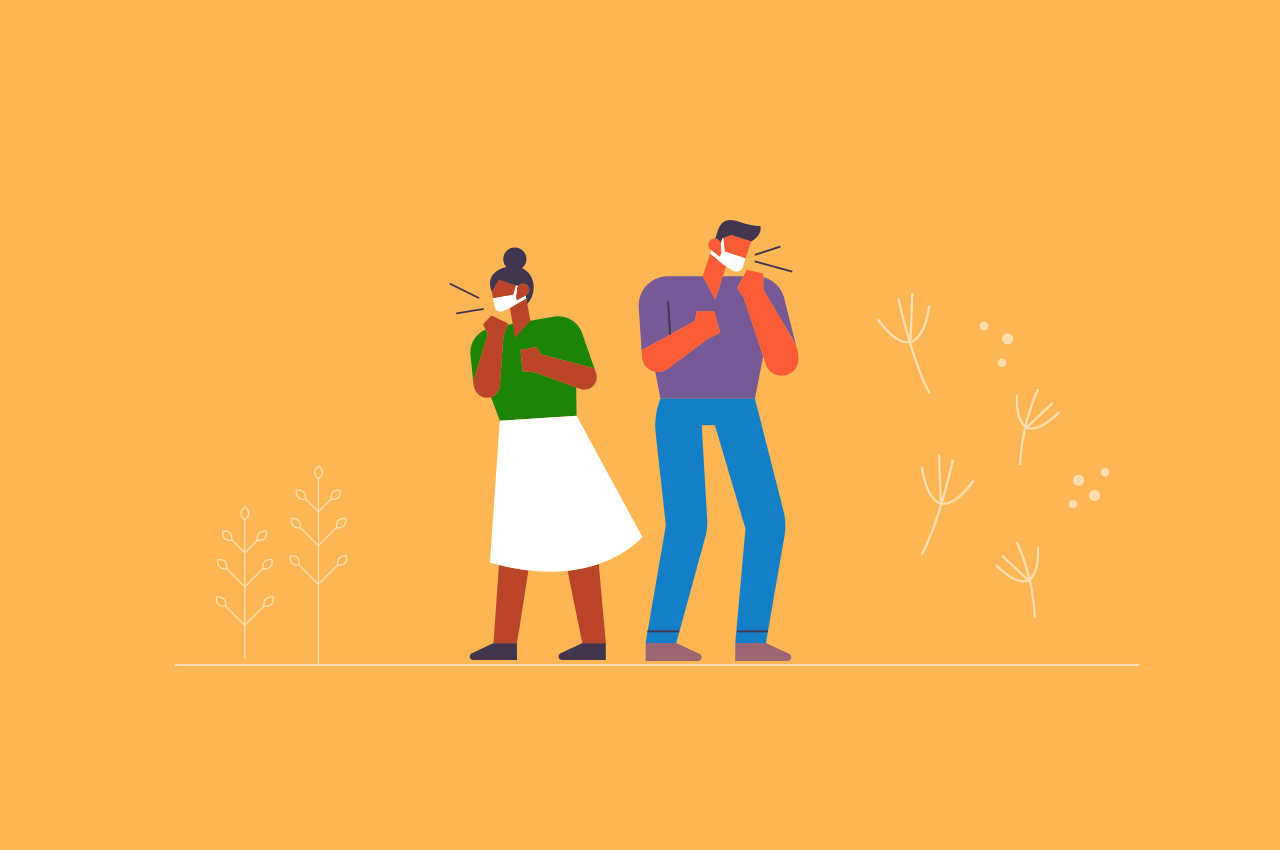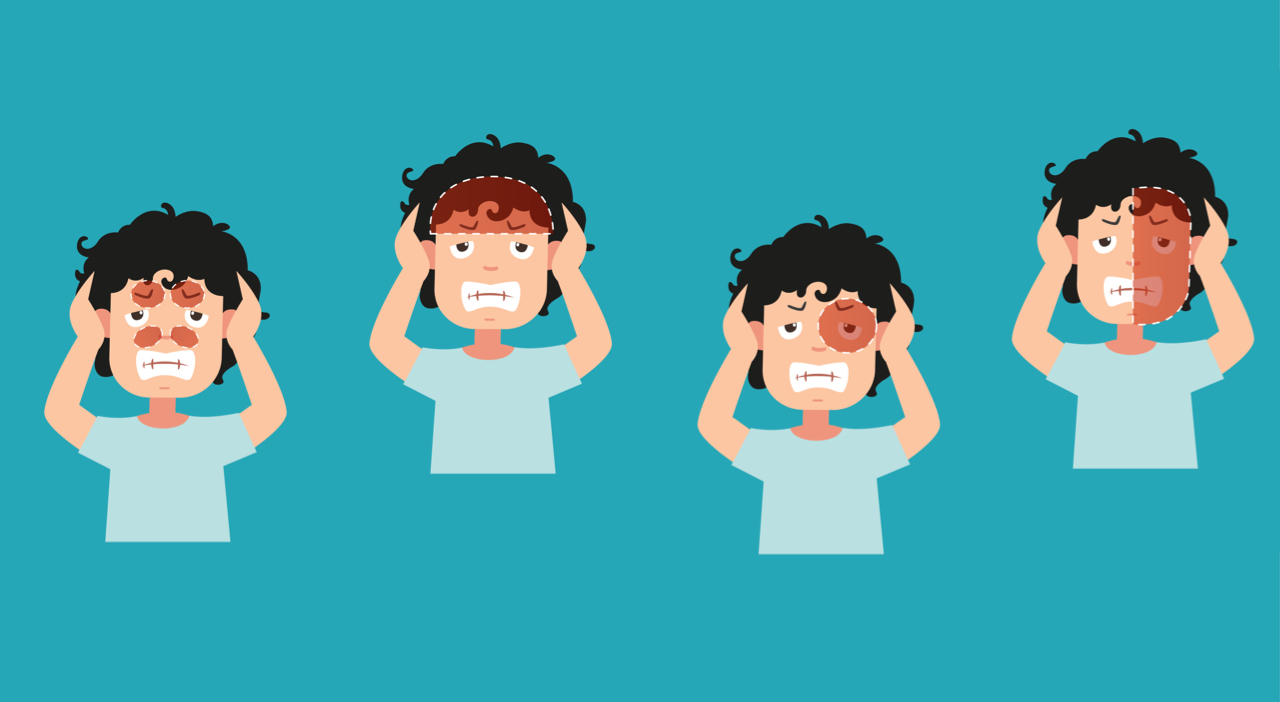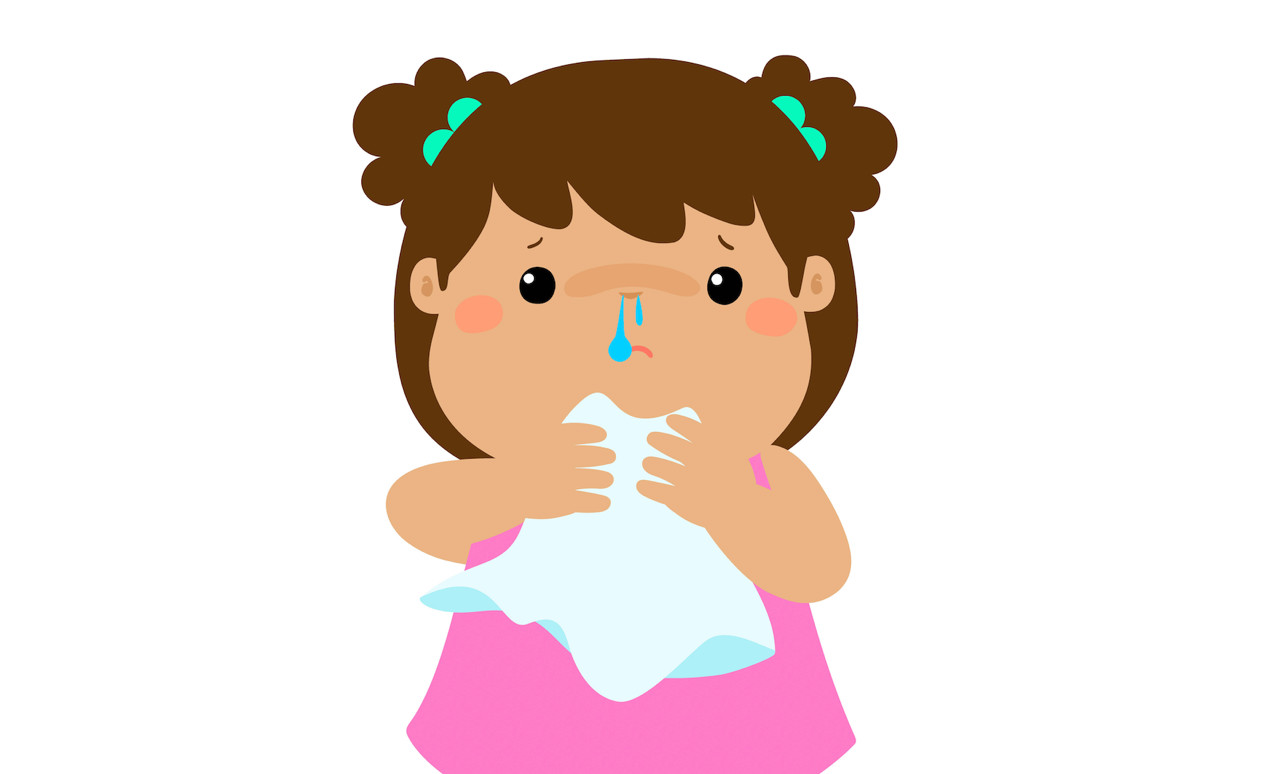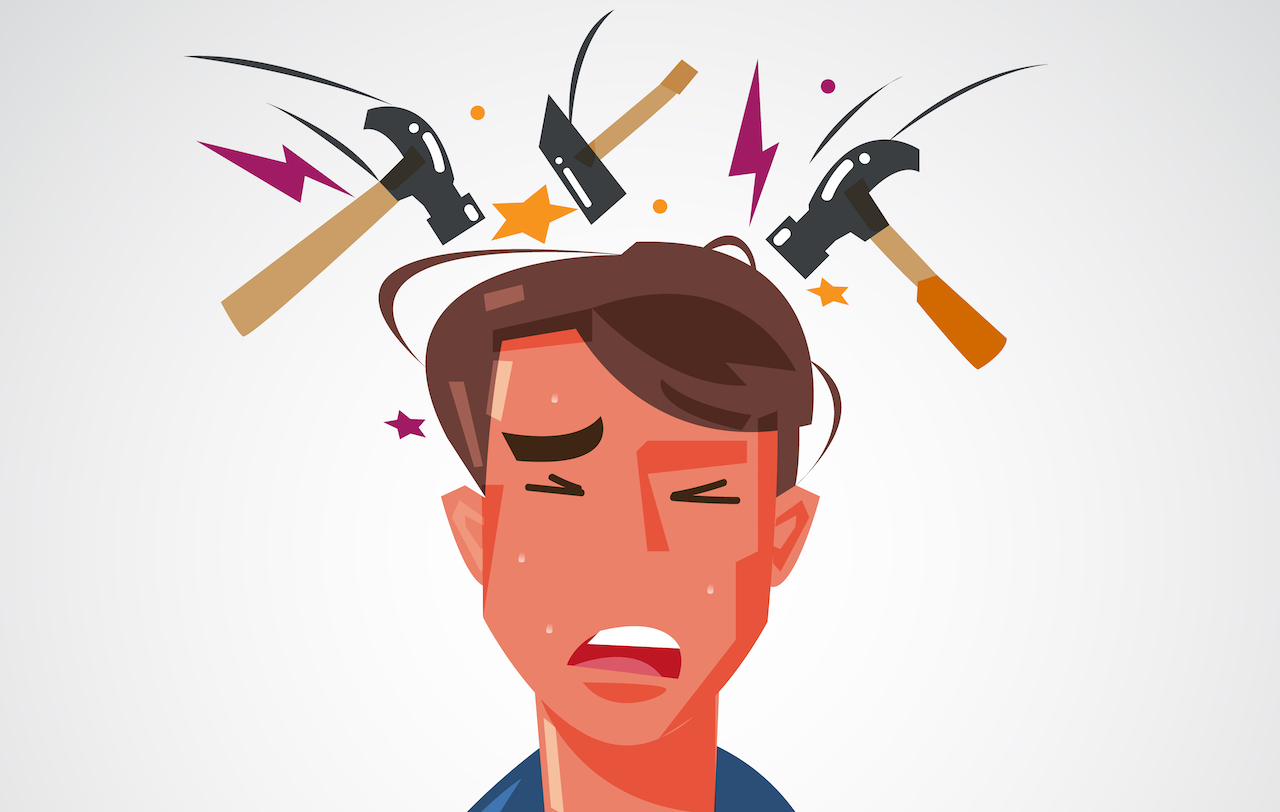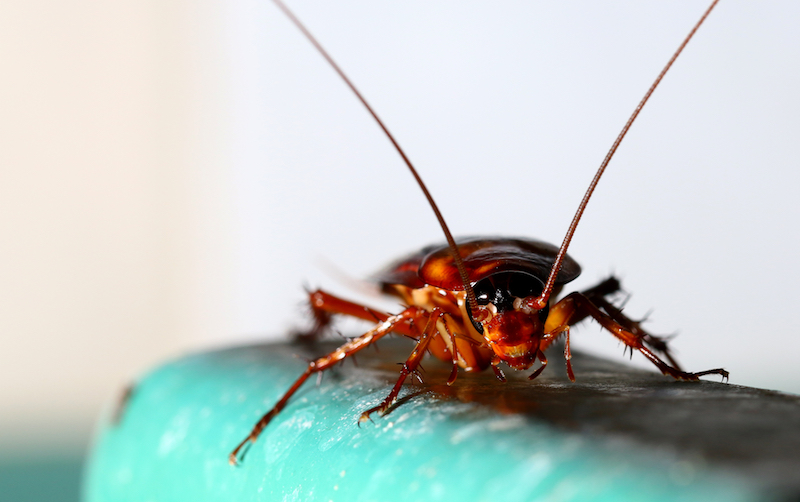It’s crunch time. Exams are around the corner and your stress levels are through the roof.
This, unfortunately, also affects your concentration levels and you find yourself with a headache at the end of each day.
According to research conducted by The Headache Clinic, 18% of women and six percent of men suffer from migraines. A headache is not just a headache. There are different types, caused by different things. Popping a pill to ease the tension isn’t always enough; you should identify where your head hurts and know which treatment is best to get rid of the ache.
Headache types:
1. Migraine
Two words; intense and severe! The throbbing and pulsating pain is on either side of your head (left or right) and brings on extra symptoms like nausea, weakness, vomitting, numbness, pain behind one eye or ear, pain in the temples, seeing spots or flashing lights, sensitivity to light and sound and a temporary loss of vision.
Ease the pain with over-the-counter medication that can alleviate the tension. But don’t just rely on painkillers. Find relaxation techniques that work for you and help reduce your stress – which will keep migraines at bay.
- Try heat therapy; apply a warm compress to your head and lie down in a dark room.
- Get regular massages if your budget can afford it.
- Do regular neck and back exercises. Try relaxation techniques that may be able to reduce stress.
- Take deep breaths and try to meditate through the pain.
- For severe, recurring migraines, you might benefit from migraine-specific medication. These can be prescribed by a neurologist.
2. Tension
This pain is normally compared to someone squeezing your head. The pain is felt on the temples of your head. It’s a tight band-like sensation. This headache begins in your forehead, temples, or the back of your head and neck.
Ease the pain with calming herbs and supplements that contain magnesium. Magnesium is essential for managing stress. You can also work on relaxation techniques. Find a quiet place to sit and consciously relax all your major muscles. Start with your toes and work upwards, progressively relaxing your legs, thighs, hips, stomach, shoulders, arms, neck and face. Imagine feeling as “boneless” as possible – as if your body is made from rubber. Stay as relaxed as possible for as long as you can. Take deep breaths and focus on a peaceful picture in your mind.
3. Sinus
A headache caused by sinusitis. It’s a dull and throbbing pain around the eyes, cheeks and forehead.
Ease the pain by taking it easy and resting. The headache is treated by treating the cause. Drink plenty of water. Normal painkillers and decongestant nasal spray or drops can reduce pain and unblock your nose.
4. Thunderclap
It’s all in the name. A thunderclap headache is severe. It may come on with full force in less than a minute and can last for about five minutes. There are no triggers or warning signs. You may also experience pain in the neck area, nausea, vomiting and weakness.
Ease the pain by getting medical help immediately. The headache can be caused by life-threatening conditions like a brain aneurysm (a bulge or ballooning in a blood vessel in the brain), stroke, or a brain haemorrhage (bleeding in the brain).
5. Cluster
Intense and severe. This headache feels like someone’s poking your eye from the inside. A cluster headache can wake you up in the middle of the night with intense pain in or around one eye on one side of your head. It happens in recurring patterns or clusters; usually every day or several times a day. A single attack may last from 15 minutes to three hours.
Ease the pain: Over-the-counter medication doesn’t usually work for cluster headaches. See a doctor for prescribed medication.
6. Exertion
This headache is provoked by an activity during the day. It happens anywhere around the head. It can be one-sided, pulsating, aching, or even make you nauseous.
Ease the pain: Take a painkiller or an anti-inflammatory before sitting down to study to keep the problem and symptoms at bay.
When to see a doctor
Don’t take pain relievers more than three times a week, because you may get rebound headaches (medication-overuse headaches). Headaches can range from mild to severe. Identify and treat them as early as possible. Pay attention to the time before the headache starts for signs of an aura (visual or sensory disturbances). Speak to your doctor about these signs so you can get advice on how to better treat your headaches.
References

